Coffee, from the plant to the cup. #EnglishVersion
Today I start talking about coffee, its varieties and what they get from each one: planting, harvesting, and processing.
To achieve the best coffee in the cup are many factors that influence, and that must be respected, because it depends on the espresso and his personality. Among the most common varieties, we have Arabica and Robusta, which occupy between 95% - 98% of the coffee production in the world.
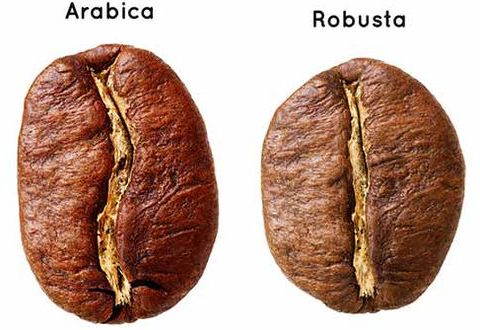
Source
The feets above sea level: where it is grown is one of the factors that most influences the flavor of coffee, in the case of Arabica, it occurs between 2620 and 6890 feet above sea level in cold weather; these factors make the grain denser due to the longer time of grain formation and maturation and will give a cup with more acidity, more aromatic and tasty -this is my favorite-, the Robusta prefers between 1640 and 3937 feet above sea level in warmer climates, the grain will be less dense, it will form and mature more quickly, it will have a lower acidity and less character in the cup even with higher levels of caffeine than the Arabica.
The weather must be constant without large temperature variations, so the most favorable zone for its cultivation extends in a strip of 3106 miles along the equatorial line; South America, part of Asia and Africa are the best growing areas.
COFFEE STRIP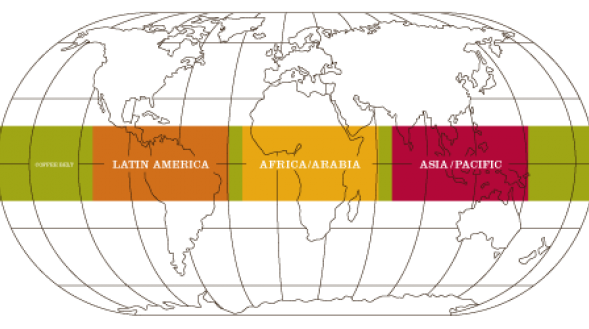
Source


Other influential factors in the quality and personality of the coffee are planting distancing of the plants according to the variety, shade management, adequate process of pest and disease control.
From the sowing to the harvest:, when harvesting the coffee cherry there are two methods that likewise influence the quality of the coffee Picking or Selective, which is a manual process, where only ripe cherries are selected one by one, where a more homogeneous and higher quality collection is produced, and the Stripping or Milking, which is a manual or mechanized process where all the fruits are removed once and where the cherries are harvested at different ripening points, because in the coffee tree in the same cluster they are found from the flower passing green cherries, ripe and even fermented, this process requires a later check to remove unwanted cherries and impurities.
PICKING or SELECTIVE
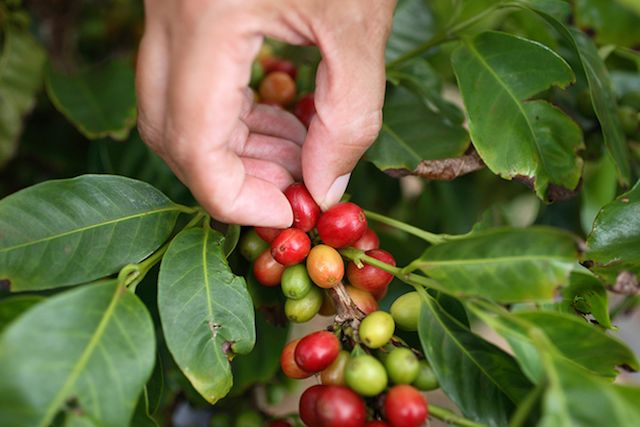
Source
STRIPPING or MILKING
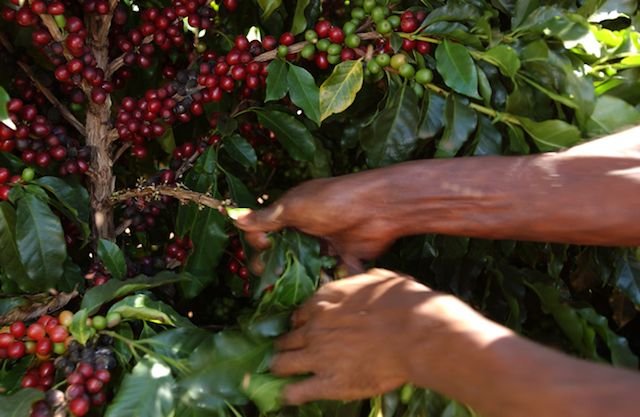
Source


From the harvest to the processing of the grain, in this process you can find three types, dry or natural, wet and Honey;
- The dry or natural: this process is the oldest and simplest since it does not require machinery, the grain is not extracted from the cherry, it is dried in patios extended to the sun or in African beds, these processes take approximately 20 days, In this way, we obtains a cup coffee with lower acidity, high body and vinous flavors.
DRY or NATURAL
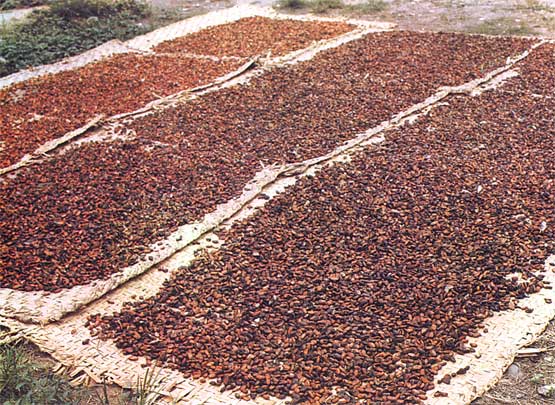
Source

- The wet: the first step of this process is the pulping, where the grain is extracted from the cherry however they still keep the mucilage, in this process it is also sought to eliminate it completely, this process takes between 12 to 24 hours in tanks of fermentation, then proceed to drying in the same way extended to the sun in patios or tables, in large plantations you can use drying machinery with hot air until reaching the maximum humidity of 12.5%, In this way, he obtains a cup coffee with a lighter body, a fruity and floral flavor and more intense acidity.
PULPING
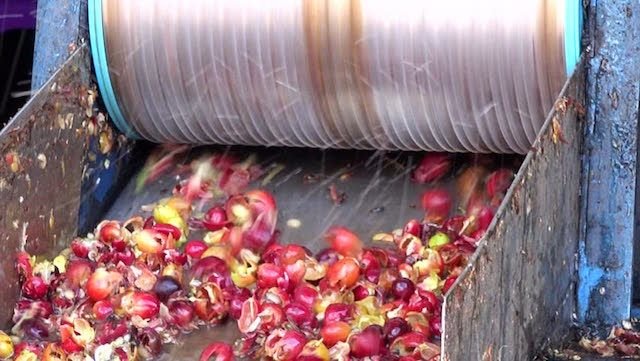
Source
WET
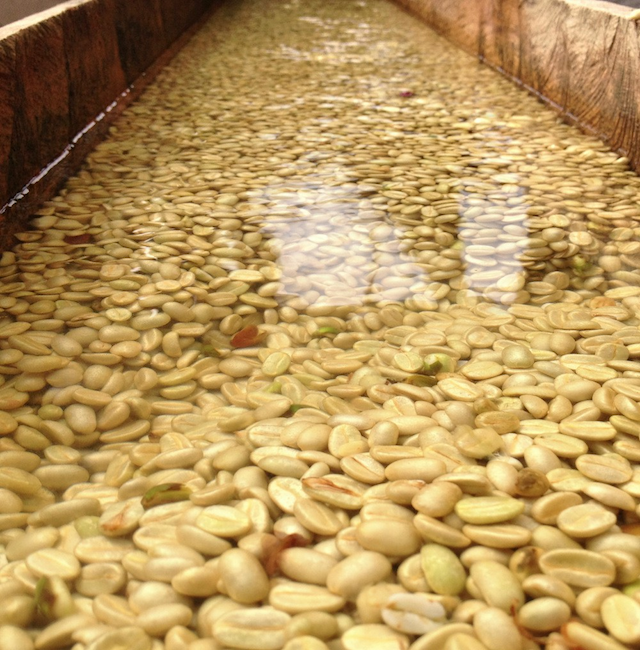
Source
I hope you liked it, this is just the beginning of a loving relationship with coffee, Be a CoffeeLover!


-Honey: This process is similar to wet, in this does not remove the mucilage, and dry in african beds, the name receives it because the grain feels sticky, the coffee does not taste like honey, you get a cup coffee with a unique flavor, fruity flavor, great sweetness and acidity balanced.
HONEY

Source
After the drying process follows the threshing where the parchment is removed leaving the green coffee bean and then the toast that in another post will talk about that.



Research Sources: | 1 / 2 / 3 / 4 / 5 |
Icons: | 1 / 2 |
This post has received a 2.52% upvote from @aksdwi thanks to: @rafarod83.